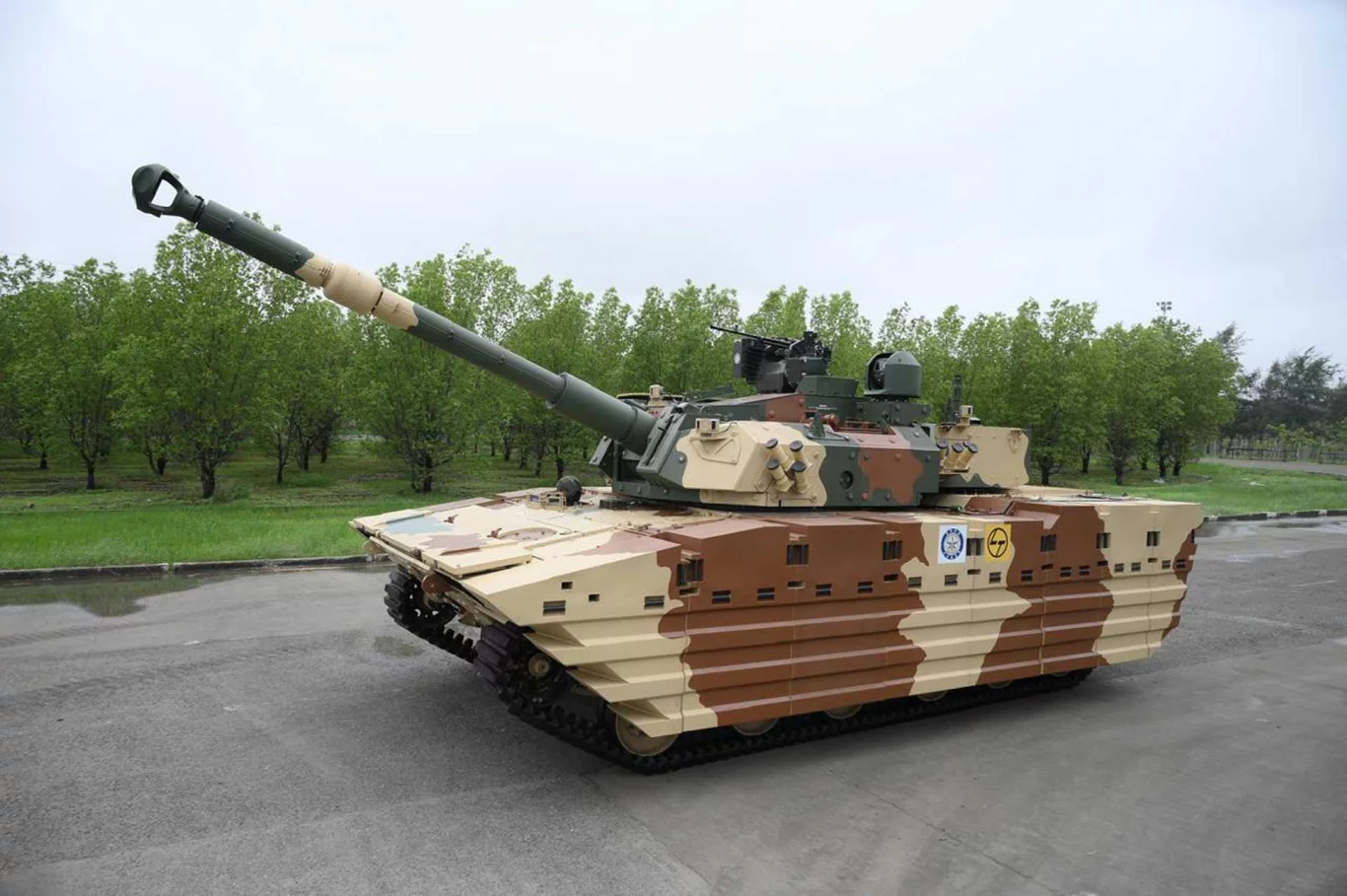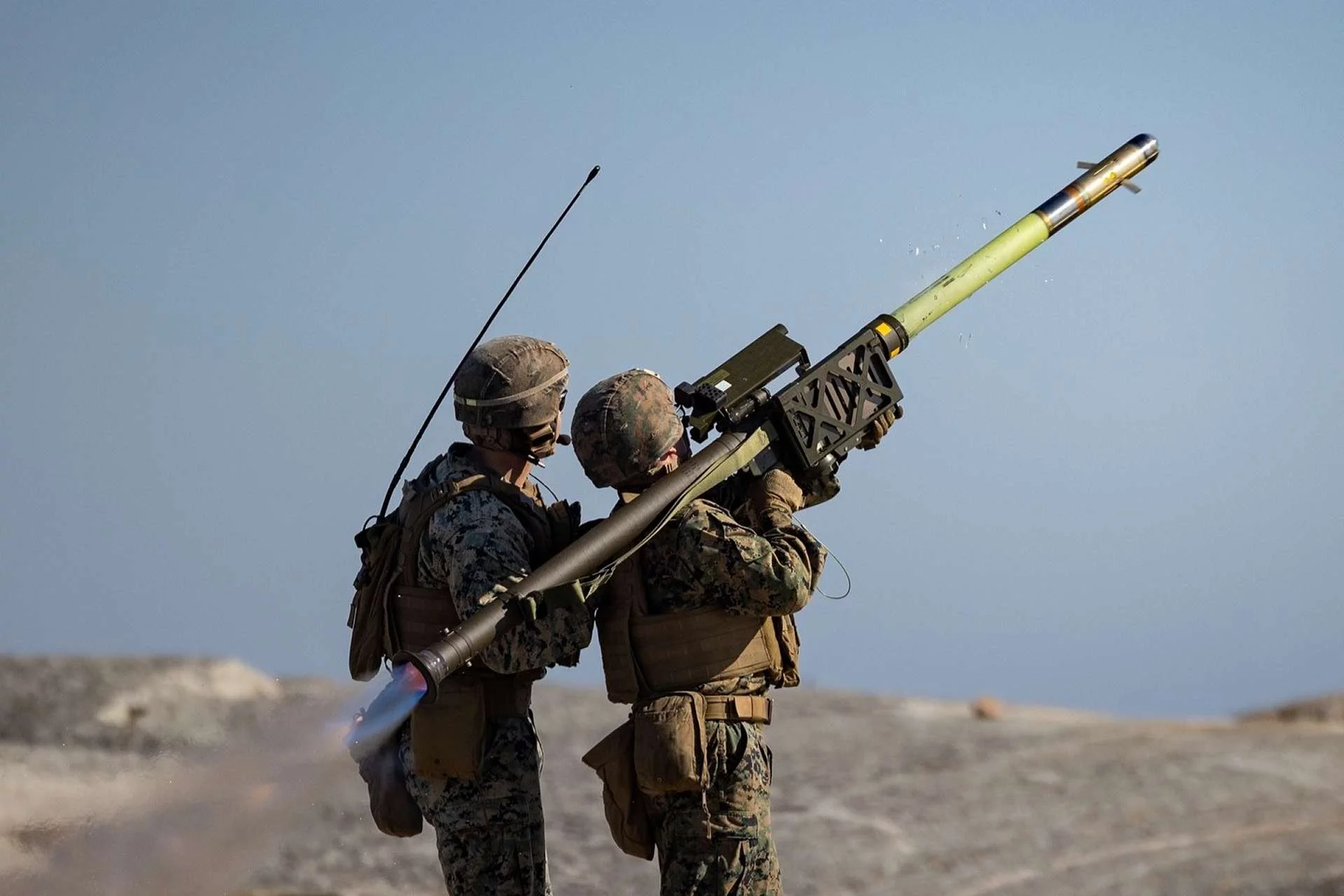China’s military might took center stage on August 16, 2025, when the sleek and deadly YJ-17 anti-ship missile rolled through Beijing’s streets during a parade rehearsal for the 80th anniversary of World War II’s end. This isn’t just another missile—it’s a hypersonic powerhouse designed to rewrite naval warfare and challenge global powers, particularly the U.S. Navy. With its cutting-edge technology and strategic implications, the YJ-17 is a bold statement of China’s growing dominance in the Indo-Pacific. Let’s dive into what makes this missile a force to be reckoned with!
A Hypersonic Marvel: YJ-17 Specifications
The YJ-17, part of China’s “Ying Ji” (Eagle Strike) family, is no ordinary weapon. Spotted during parade rehearsals alongside other advanced missiles like the YJ-15, YJ-19, and YJ-20, it boasts a hypersonic glide vehicle (HGV) similar to the DF-17, China’s first operational HGV missile. This design allows the YJ-17 to scream through the skies at speeds exceeding Mach 5—over 3,800 miles per hour—while maneuvering unpredictably to evade defenses.
Though exact specifications remain classified, analysts speculate the YJ-17 combines the DF-17’s glide technology with anti-ship capabilities, making it a nightmare for naval fleets. Its range is estimated to reach up to 1,000–1,500 kilometers, putting U.S. bases in Guam and across the Western Pacific in its crosshairs. Launched from ships or aircraft, this missile can target everything from aircraft carriers to destroyers, with the potential for both anti-ship and land-attack roles.
What sets the YJ-17 apart is its ability to outsmart missile defense systems like THAAD and Patriot. Its hypersonic speed and mid-flight maneuverability make interception a daunting task, giving it a lethal edge in modern warfare. As one observer put it, this missile could be a “leaker,” slipping through even the most advanced defenses to strike its target.

Strategic Implications: A Shift in Naval Power
The YJ-17 isn’t just a technological flex—it’s a cornerstone of China’s anti-access/area denial (A2/AD) strategy, designed to keep adversaries like the U.S. Navy at bay in contested regions like the South China Sea or around Taiwan. By threatening high-value naval assets, the YJ-17 forces opponents to rethink their strategies, potentially keeping aircraft carriers and destroyers out of range.
This missile’s debut signals China’s shift away from stealth-based penetration to raw speed and agility. Unlike slower, low-observable missiles that U.S. defenses can detect and intercept, the YJ-17’s hypersonic capabilities exploit gaps in current systems, overwhelming radar and interceptors with sheer velocity. Analysts warn this could stretch U.S. missile interceptor stockpiles thin, especially after recent operations in the Red Sea and Middle East.
Geopolitically, the YJ-17 escalates tensions in the Indo-Pacific. Its ability to target U.S. bases and ships strengthens China’s deterrence posture, complicating military planning for the U.S. and its allies. Paired with other new missiles like the YJ-19 and YJ-20, it creates a layered threat that could overwhelm defenses through coordinated salvos, increasing the risk of devastating strikes.
Why It Matters Now
The timing of the YJ-17’s reveal is no coincidence. As China prepares for its September 3, 2025, Victory Day parade, it’s flexing its military muscle to assert global influence. Posts on X buzz with speculation, with some calling the YJ-17 a “game-changer” for naval warfare, capable of tilting the balance against U.S. dominance. Others see it as a direct response to growing U.S. naval presence in the Pacific.
For the U.S. Navy, the YJ-17 poses a stark challenge. Current defenses, like the Standard Missile-3, struggle against hypersonic threats due to their low-altitude, unpredictable flight paths. Experts suggest the Navy may need to invest in new countermeasures, from advanced sensors to “soft kill” defenses like jamming or decoys, to counter this evolving threat.
Looking Ahead: A New Era of Warfare?
The YJ-17’s emergence marks a pivotal moment in military technology. As China continues to modernize its arsenal, the missile underscores its ambition to rival the U.S. as a maritime superpower. While details on payload, exact range, and launch platforms remain under wraps, the YJ-17’s parade appearance signals it’s no mere prototype—China is ready to deploy this weapon in its quest for regional dominance.
Will the U.S. and its allies adapt fast enough to counter this hypersonic threat? Or will the YJ-17 redefine naval warfare in the Pacific? One thing is clear: China’s missile arsenal is evolving rapidly, and the YJ-17 is a loud warning shot across the bow.




